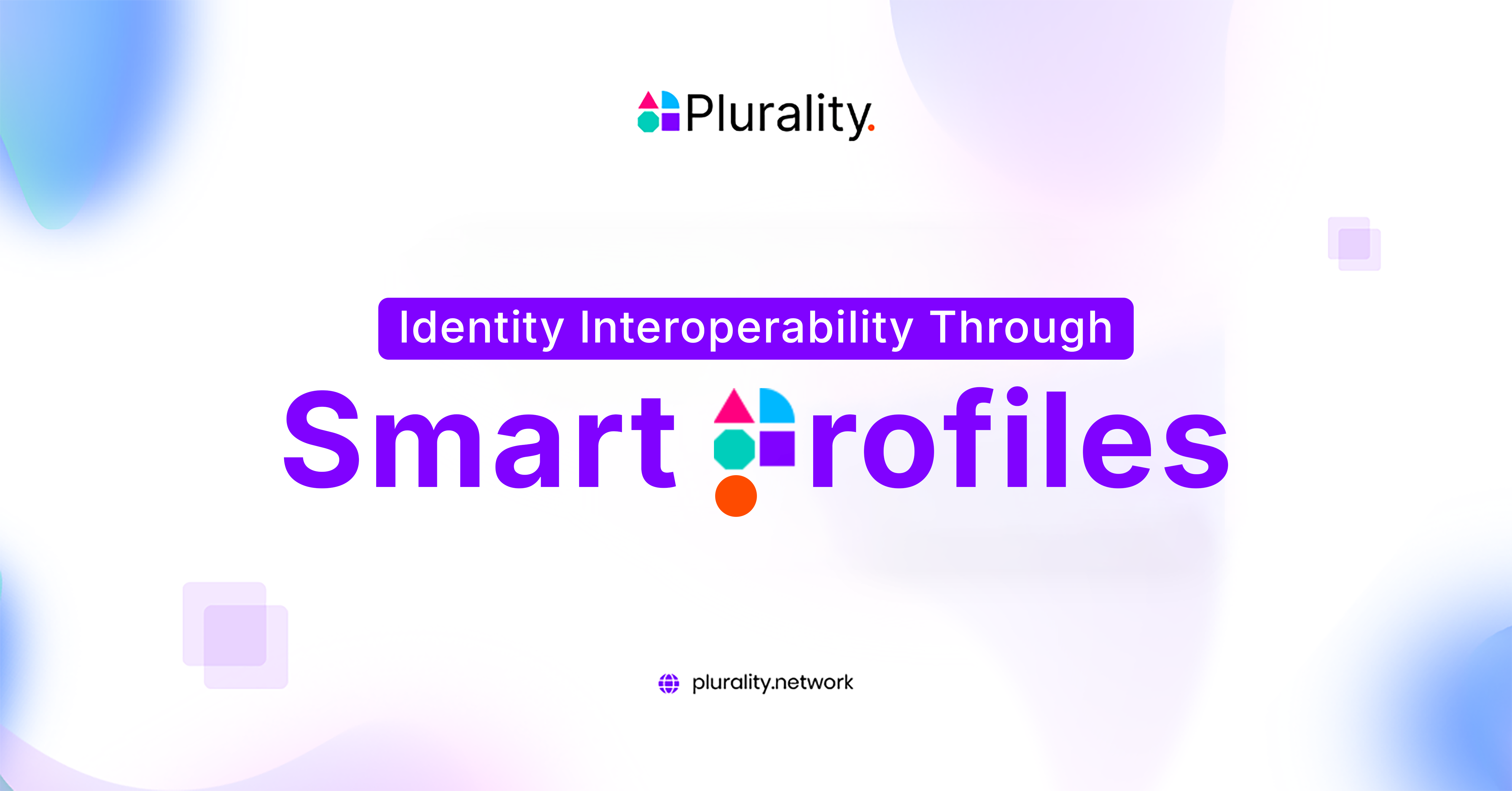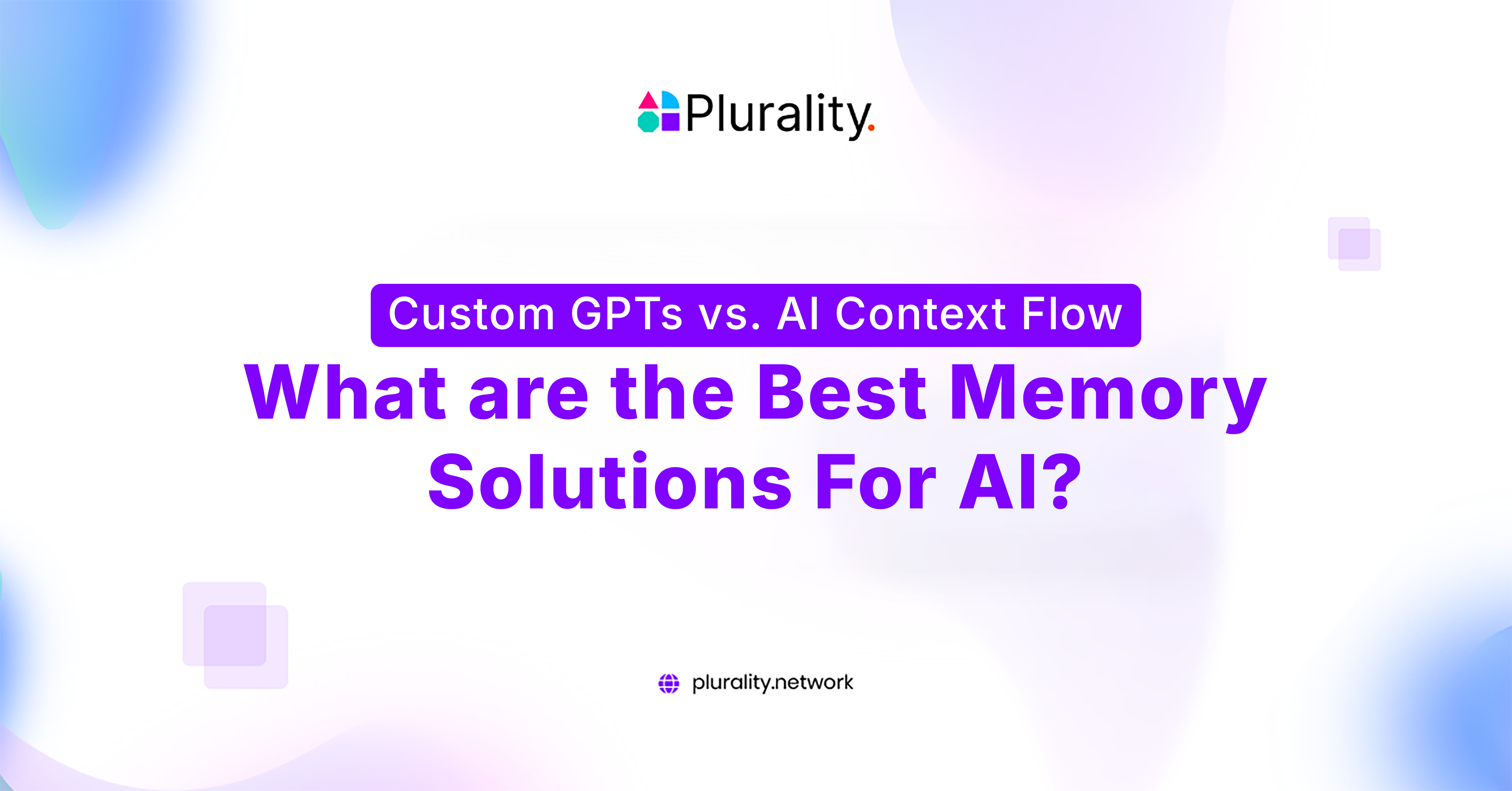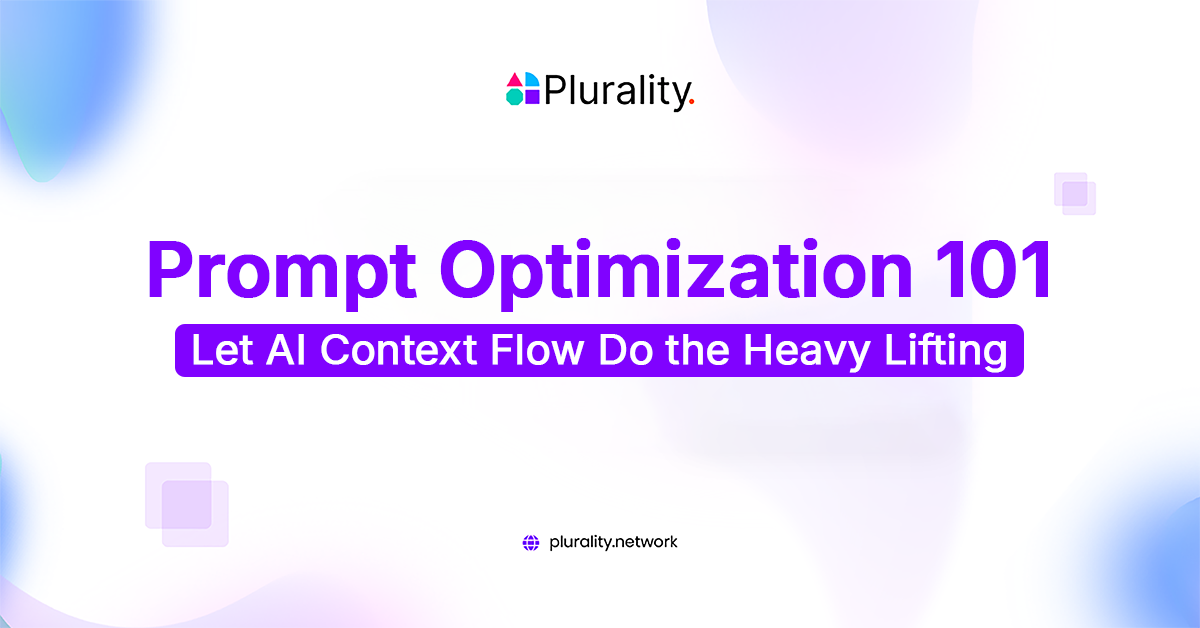Identity Interoperability Through Smart Profiles
By Alev • January 14, 2025

Interoperability in Web3 is a critical factor that underpins the vision of a decentralized and interconnected digital ecosystem. Interoperability enables two critical functions: portability of identity and facilitating the smooth transfer of digital assets. The division into identity interoperability and liquidity interoperability addresses these needs directly, ensuring secure authentication of digital identities and effortless movement of assets. With identity challenges growing, users increasingly demand a smooth, intuitive experience. That’s where our Smart Profiles come in, offering a cutting-edge solution for managing decentralized identities effectively.
The evolving Web3 ecosystem unveils challenges in managing digital identities across decentralized platforms. Everything is centralized on Web2 services like Google or Facebook, where they act as the centralized identity providers (IdPs). However, Web3 enables users to maintain their identities themselves. This shift increases the need for identity interoperability, which allows users to maintain a unified identity across different blockchain networks to maximize accessibility along with privacy and security.
Liquidity interoperability is also a key concern in Web3, as users need to move assets across blockchains and platforms. Several companies are constantly pushing the boundaries of liquidity interoperability, including onebalance Polygon’s AggLayer and others. Plurality Network’s core focus has always been identity interoperability, essential for building a secure, user-centric web3.
So, What Is Interoperability?
“Interoperability means different systems, apps, or platforms can work together seamlessly.”
It allows them to share information and services seamlessly without any complex steps. It helps technologies communicate and work well without needing much change or effort. In technology, interoperability is important for innovation, efficiency, and making things easier for users and technology creators. It lets systems connect and work together while keeping their unique features.
In the Web3 space, interoperability connects decentralized platforms, dApps, and blockchains to enable its two core functions: identity interoperability for unified digital identity and liquidity interoperability for smooth asset transfers. These are key for building a Web3 where users control their data and privacy. By solving problems like fragmentation, inconsistent standards, and security, interoperability helps create a more connected and user-centric Web 3.0
What is Identity Interoperability in Web3?
Identity interoperability allows users to have a single, unified identity that can be used across different Web3 platforms. In Web2, users create separate accounts for each service. Web3 offers a secure decentralized solution that gives users complete ownership over their digital identities and personhood. However, on each new chain, the user (usually) has a new address, and there is no straightforward way to connect the disjointed identities.
Using DIDs and VCs, Smart Profiles can create interoperable identities linked to chain-agnostic wallets that can be used anywhere. DIDs are unique, user-controlled identifiers that enable interaction with multiple platforms without relying on centralized authorities. VCs verify identity or attributes without exposing sensitive data. The users can easily glide between platforms with a unified identity. Engaging with decentralized finance (DeFi), joining a decentralized autonomous organization (DAO), or exploring Web3 is easier than ever with self-custodial Smart Profiles.
Challenges
Achieving identity interoperability in Web3 is challenging, and these issues must be solved for a smooth user experience as the Web3 space grows.
1. Fragmentation Across Platforms
A key challenge in identity interoperability is the fragmentation of Web3 platforms. Many Web3 projects operate in isolation, making it hard to transfer digital identities between cross-chain networks. This lack of interoperability creates friction for users and is worsened by the absence of universal standards, making the expression of personhood across the decentralized web extremely difficult.
2. Privacy Concerns
Privacy is a major concern in a decentralized environment. Users need control over their data while ensuring their identity can be verified across platforms. Balancing privacy with trust and authentication is challenging. Many decentralized identity solutions require users to share personal information, which can compromise privacy. Zero-knowledge proofs (ZKPs) help by allowing users to verify their personhood without revealing sensitive data.
3. No Standardization
Another challenge for decentralized identity solutions is the lack of room for standardization. Unlike Web2, where companies like Google and Facebook have established standard protocols for managing identity, Web3 lacks a universal framework for identity management. This absence of standards makes it difficult for users to move seamlessly between platforms, as each platform may use its identity system. Universal standards must be established to ensure digital identities are compatible across different platforms to achieve true interoperability.
4. User Control and Security
In Web3, control over one’s identity is paramount. Ensuring the security of decentralized identities is a challenge. Users must securely store and manage their private keys to control their identity and assets. If they lose their keys or are hacked, they risk losing access to both. Decentralized identity solutions must include strong recovery options and secure key management methods to protect users.
Liquidity Interoperability
At this stage, identity interoperability is Plurality Network‘s primary focus, but liquidity interoperability is an important area we plan to tackle in the future. Liquidity interoperability allows smooth asset transfers across blockchains, tokens, and platforms. Currently, liquidity is fragmented across various blockchain ecosystems, making asset movement challenging. Issues like high transaction fees, differing token standards, and incompatible protocols add to the complexity. While solutions such as cross-chain bridges and wrapped tokens are emerging, they are still in the early stages.
Although liquidity interoperability isn’t fully realized yet, it is part of our future roadmap. For now, we are focusing on identity interoperability, which serves as the foundation for broader Web3 use cases like decentralized finance (DeFi) and NFTs.
How Smart Profiles Address Identity Interoperability
Smart Profiles are a groundbreaking solution to the challenges of identity interoperability in Web3. These profiles go beyond traditional Web3 wallets by integrating personhood, allowing users to control their digital identity across multiple platforms. The data in the smart profiles is aggregated from the user’s existing digital footprint scattered across the internet. Smart Profiles use DIDs (Decentralized Identifiers) and VCs (Verified Credentials). DIDs give users control over their identity, allowing interaction with decentralized networks without central authorities. VCs let users share verified identity data while keeping privacy. Self-custodial Smart Profiles also help users manage their personhood securely across platforms.
Smart Profiles address many of the issues with identity interoperability:
- Unified Identity and Proof of Personhood: Smart Profiles give users a consistent identity across dApps, blockchains, and Web2 platforms, showcasing the persona they choose to share.
- Enhanced Privacy and Security: Smart Profiles use Selective Disclosure to restrict unwanted information sharing between users and the platform. This gives users control over their data and how it is shared in the decentralized web.
- User Control: Smart Profiles give users full control over their identity and data, including what, when, and how to share it, ensuring privacy and security in Web3.
- Cross-Platform Interoperability: Using standardized DIDs and VCs and connecting Smart Profiles to chain-agnostic wallets enables users to move seamlessly between different platforms, ensuring their identity is recognized and verified across various Web3 ecosystems.
The Future of Identity Interoperability in Web3
There is no going back because interoperability is becoming increasingly important as Web3 grows and evolves. The interoperable Smart Profiles are already in to create a more connected, user-centric Web3. They allow users to own and control their identities decentralized yet securely, solving problems like fragmentation, privacy concerns, and the lack of standards. While liquidity interoperability is still being developed, it will eventually work alongside identity interoperability to ensure smooth asset transfers across Web3. Together, these two elements will build a truly decentralized and user-controlled internet. For more information, get connected with us on Discord.
Conclusion
In short, identity interoperability is one of the biggest challenges in Web3, but Smart Profiles offer a powerful solution. Using DIDs and VCs, the self-custodial Smart Profiles give users control over their identities while keeping their data safe. As Web3 grows, the need for identity interoperability will only increase, and Smart Profiles are leading the way.To learn more, listen to our Devcon Talk, in which we discussed the importance of interoperability.



